Life and death in Nepal
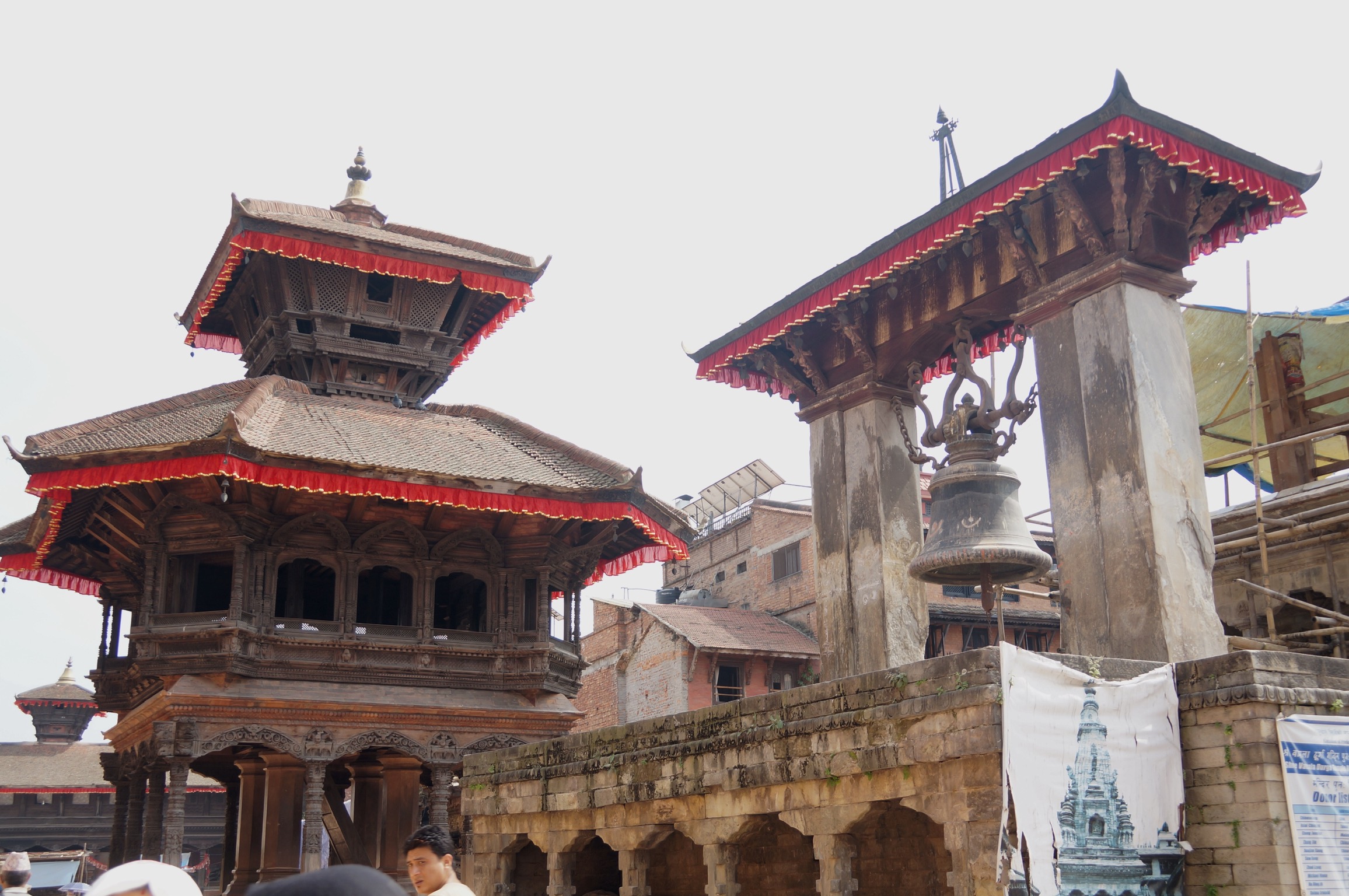
Our journey this morning takes us to the ancient city of Bhaktapur, another UNESCO World heritage site of palaces, temples, statues and squares. Built in the 14th century, these amazing palaces of the royalty show off amazing wood carved windows and moldings for pagodas, and for the palace itself.

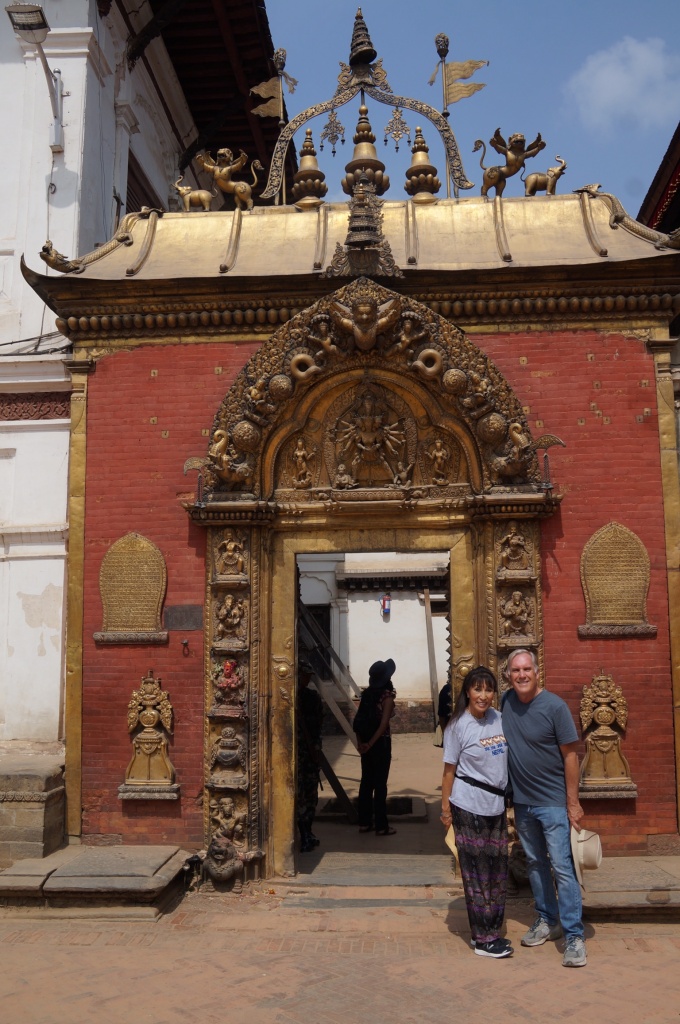
At the time of its building, the King was 55 yrs old, so he wanted a palace with 55 windows. The windows are intricately carved wood coverings so you could see out but not in. They are all painted black. This is the traditional architectural style of Nepal, and even houses in close proximity to these historical monuments must maintain this type of exterior when remodeling.
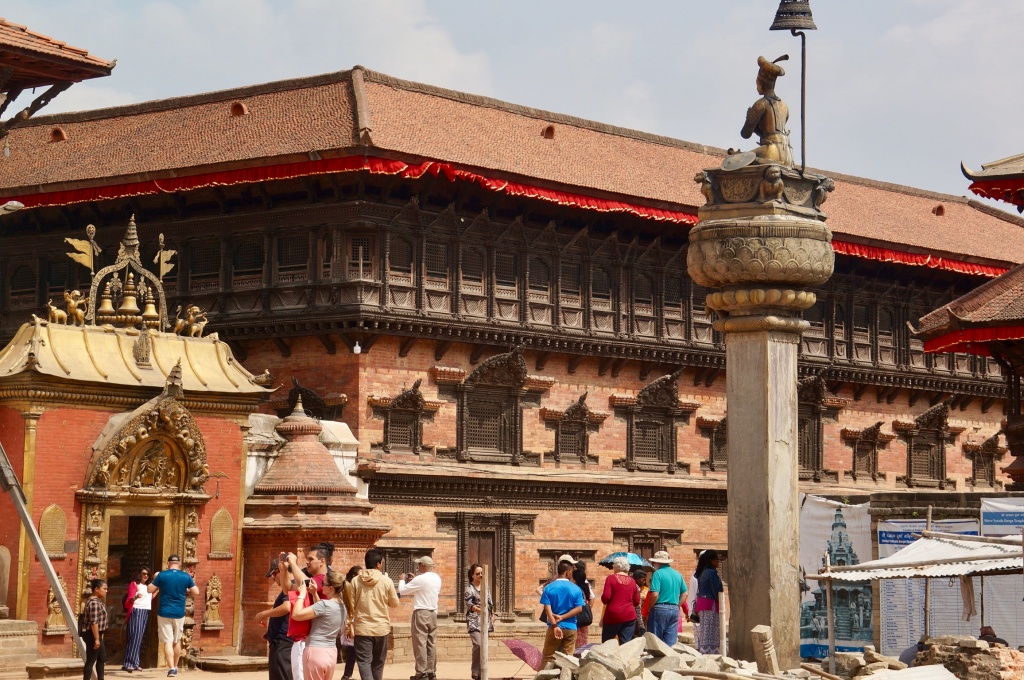
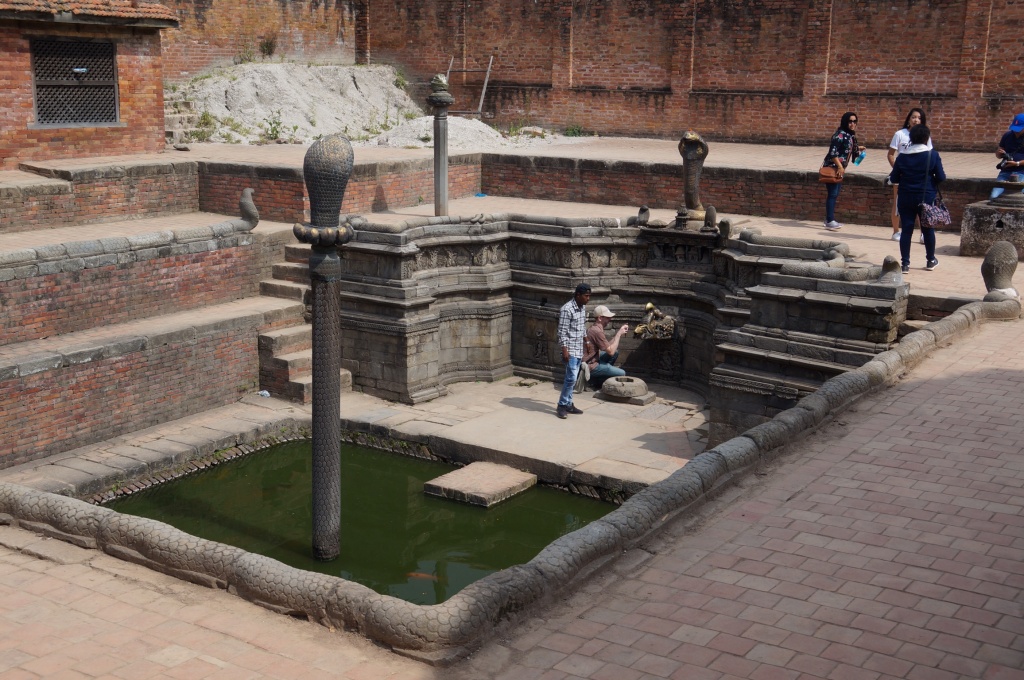
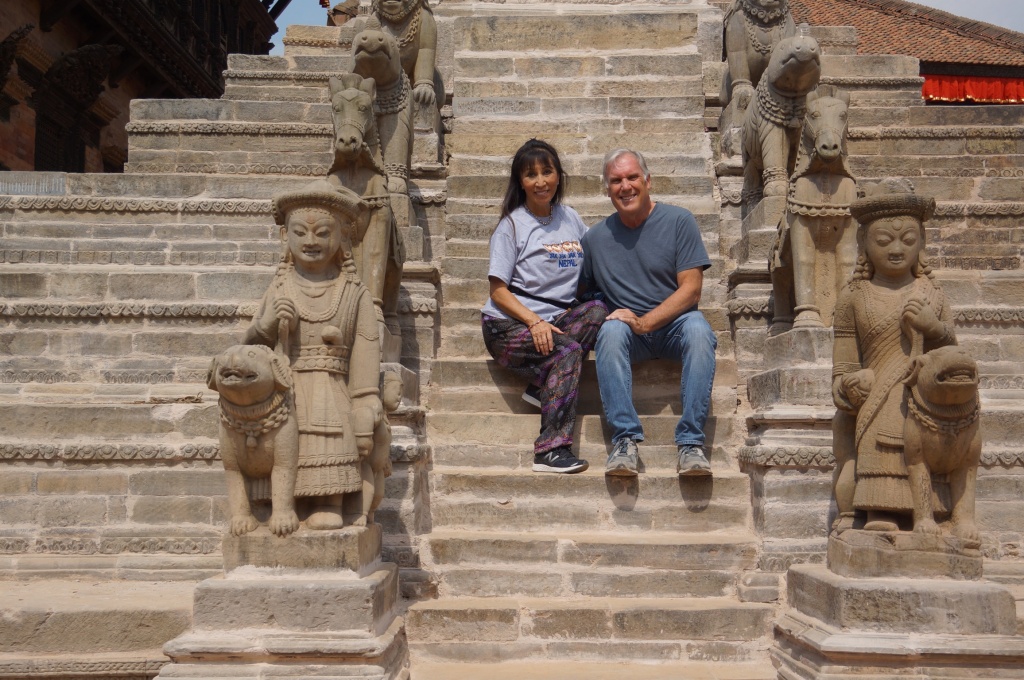
The most important temple in this complex is the Nyatapola, a five storied pagoda erected by the King in the 1702. It is the tallest and mostly beautifully finished, dedicated to the goddess Lakshmi, giving the Nepalese a place to worship her.
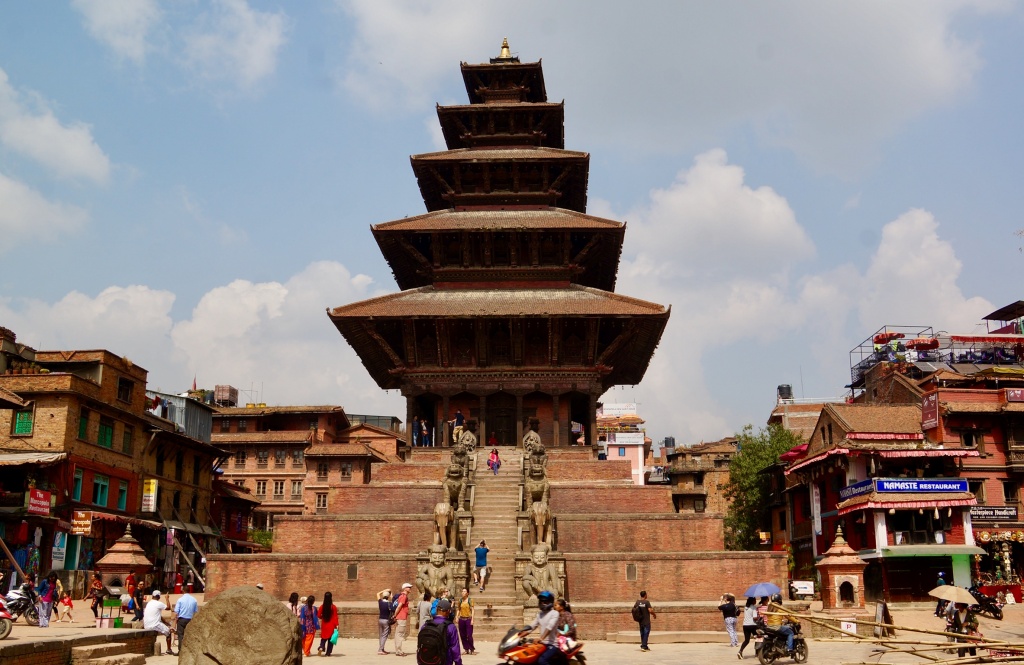
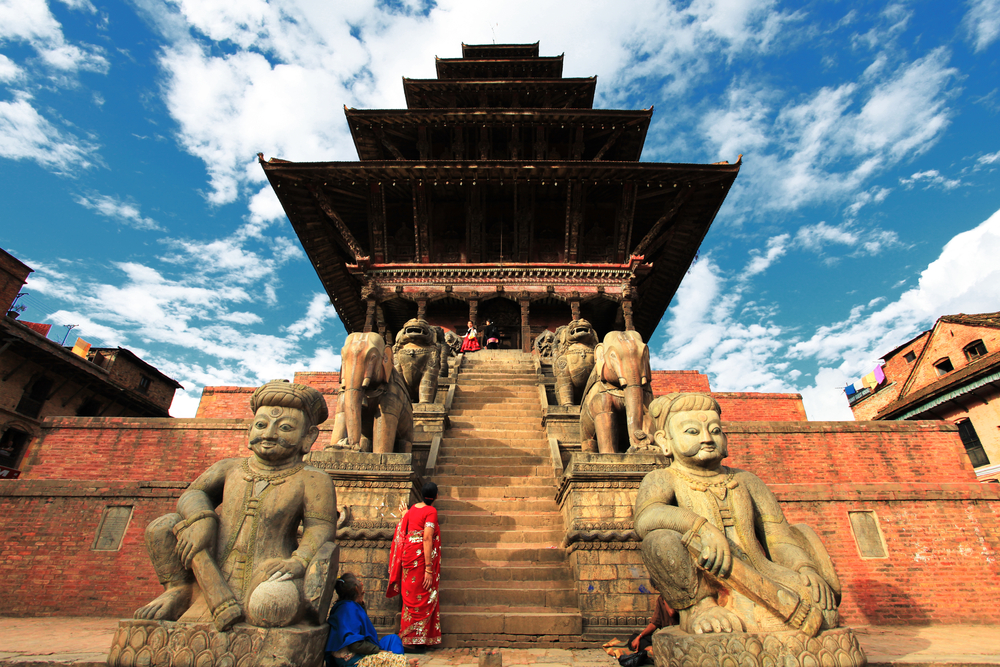
It’s difficult to put this complex into the lens of your camera. No matter which way you turn, it’s another beautiful palace, temple, or altar, all to celebrate life.
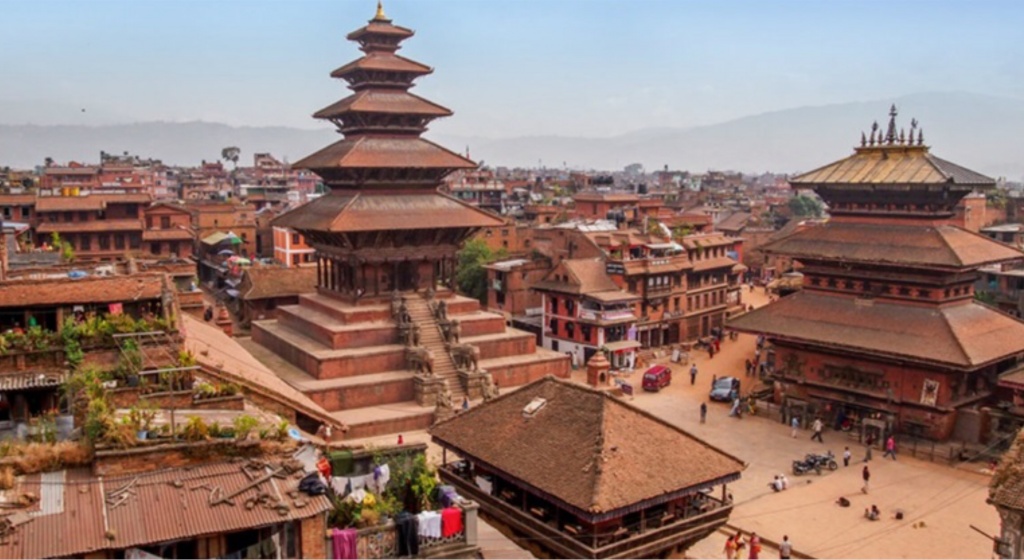
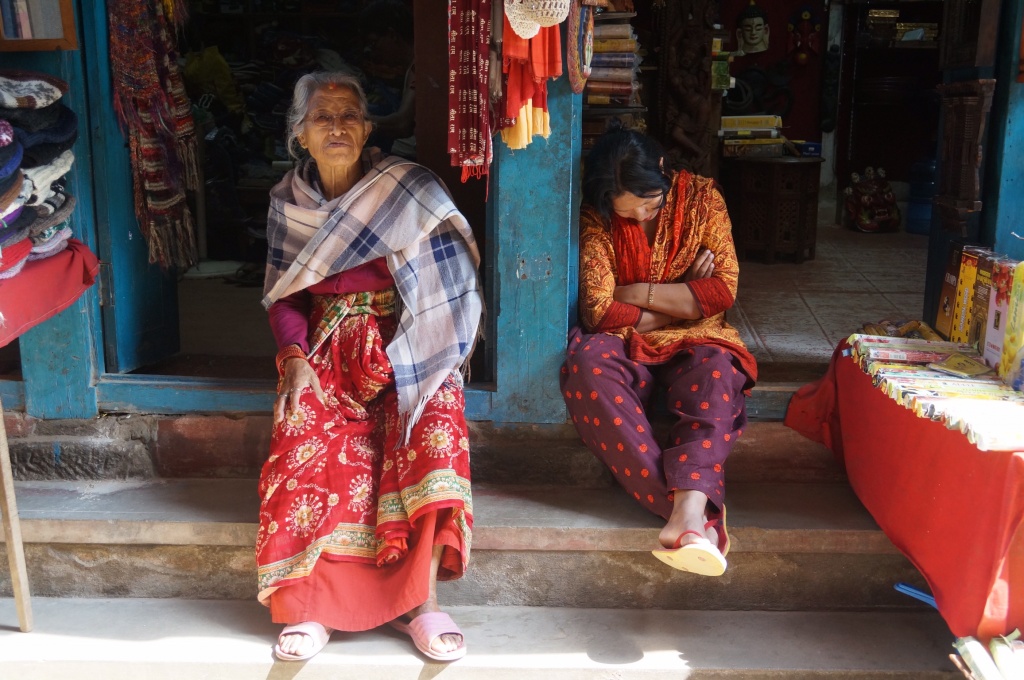
A huge 7.9 earthquake in 2015 rocked Nepal, damaging many of their temples, but they are working hard to put their treasured monuments back together. Tourism only accounts for 7% of their national income. After seeing these gems of history, I’m so glad much of it was saved.

On a more somber note, in this country of 28 million people, when someone passes, they are all cremated. According to their faith, by putting their ashes in the river, their remains float in peace while their souls go to heaven. In Nepal, when this happens, cremation happens within two hours of one’s passing. It is all part of life and death in this world. We visited one such place this morning.
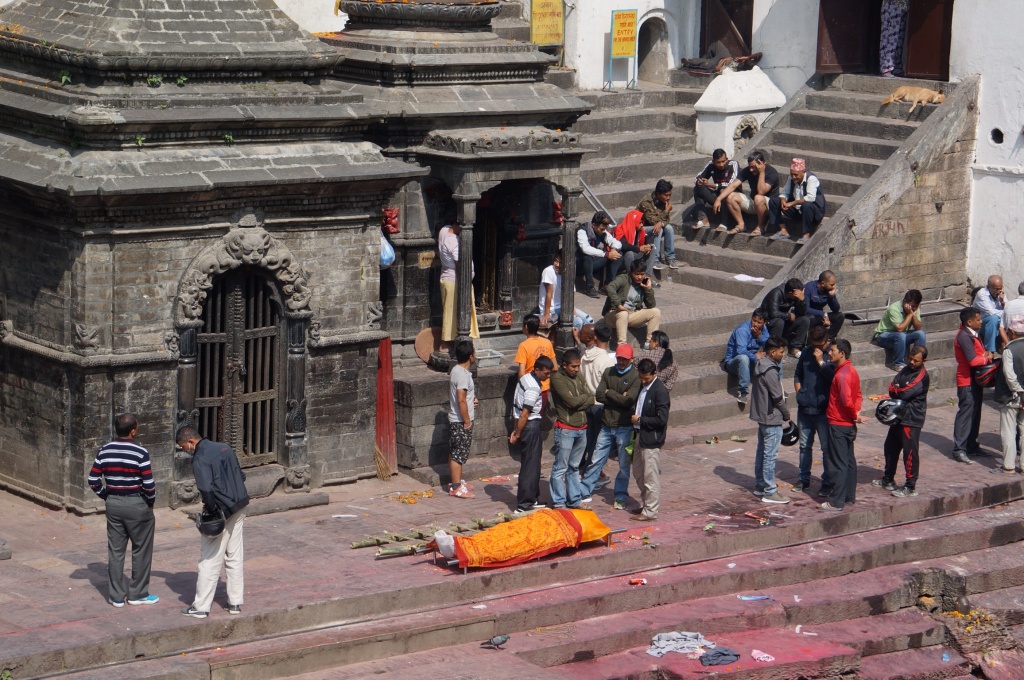
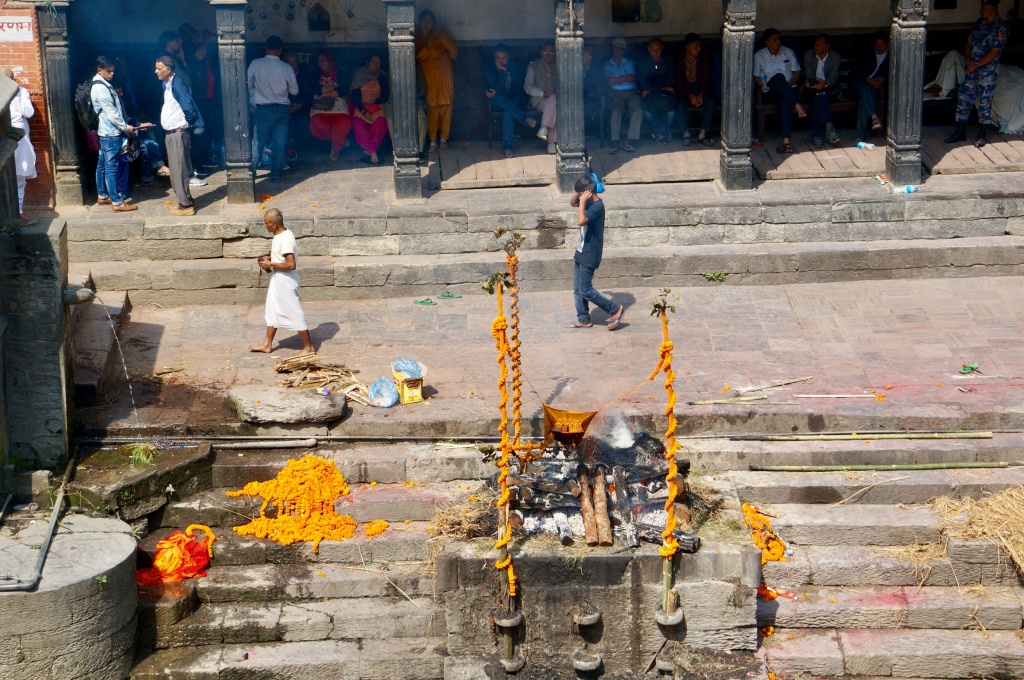
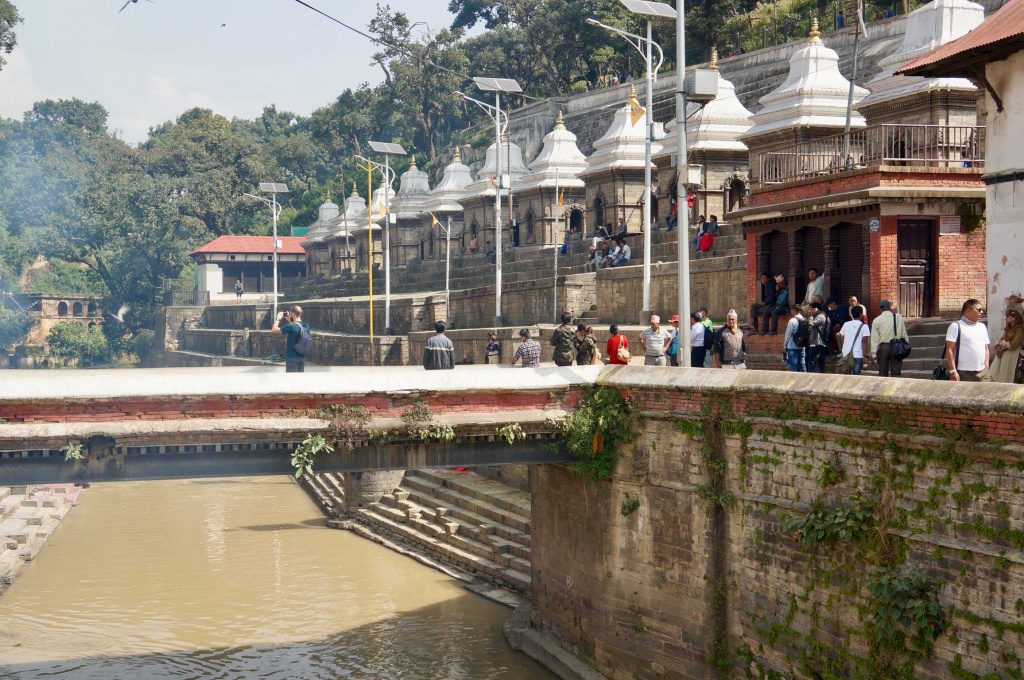
When a father passes, the oldest son must light the fire. He must shave his head, lose his clothes, and only wear a wrap around his lower torso. He must wear only white for a solid year. If a mother passes, the children cannot drink milk for a year. If a husband passes, a wife cannot wear red for a year. Such is the Hindu way, and it has been done like this for centuries.
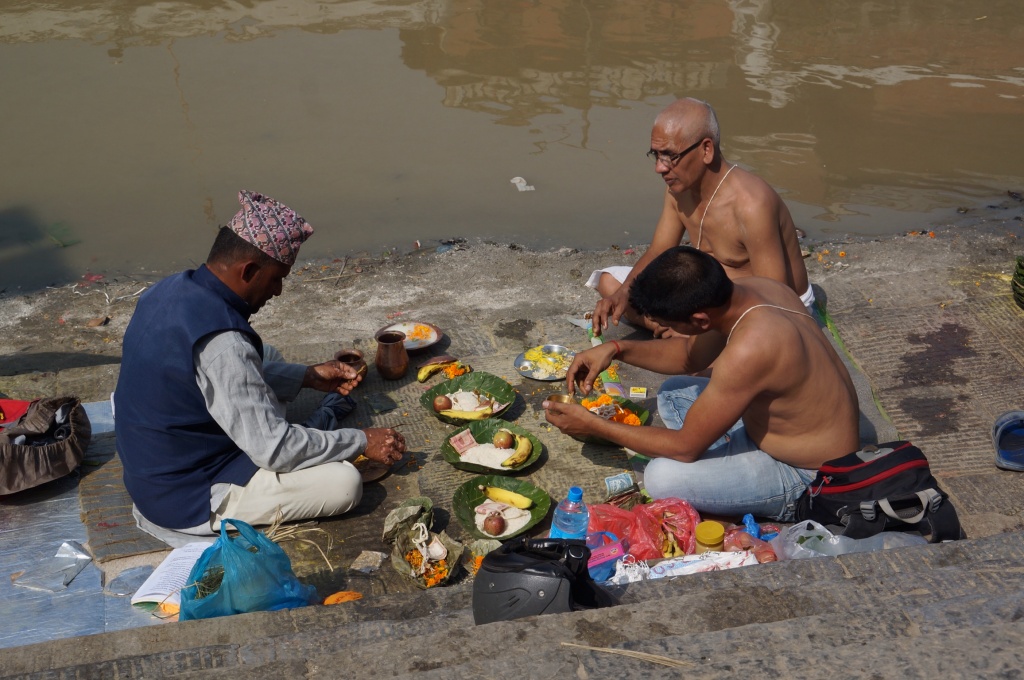
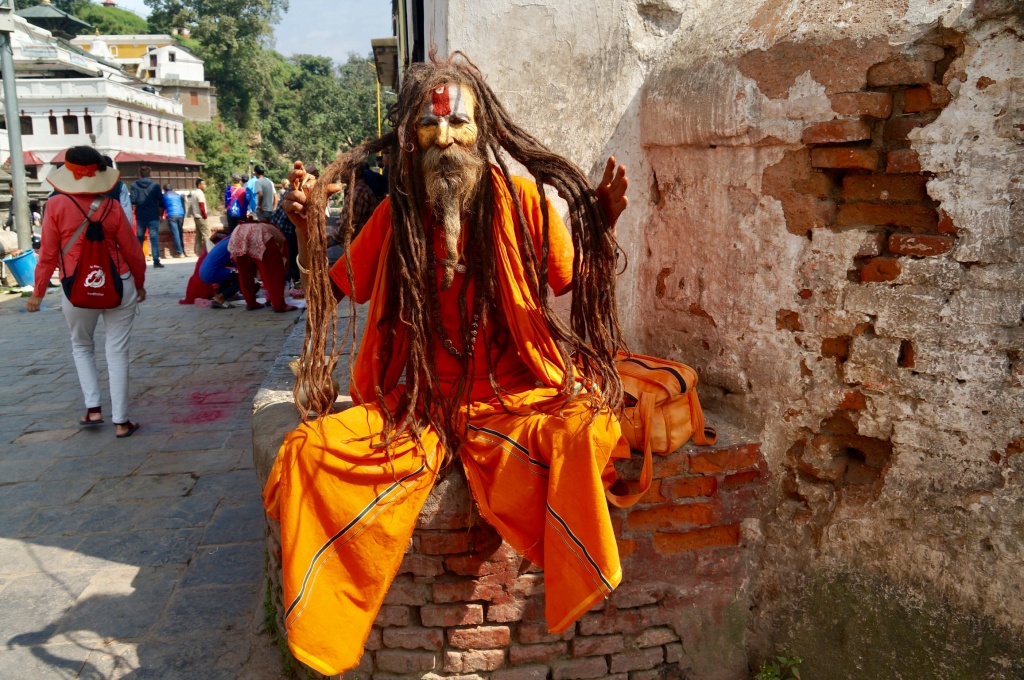
There were several more of these holy men on the premises of this sacred and reverent ground, but I’m not sure if this one was really a holy man or an ex-hippie who loved the outfit and hasn’t found his way back home. In any event, they were available for prayers, or for pictures…for a price.
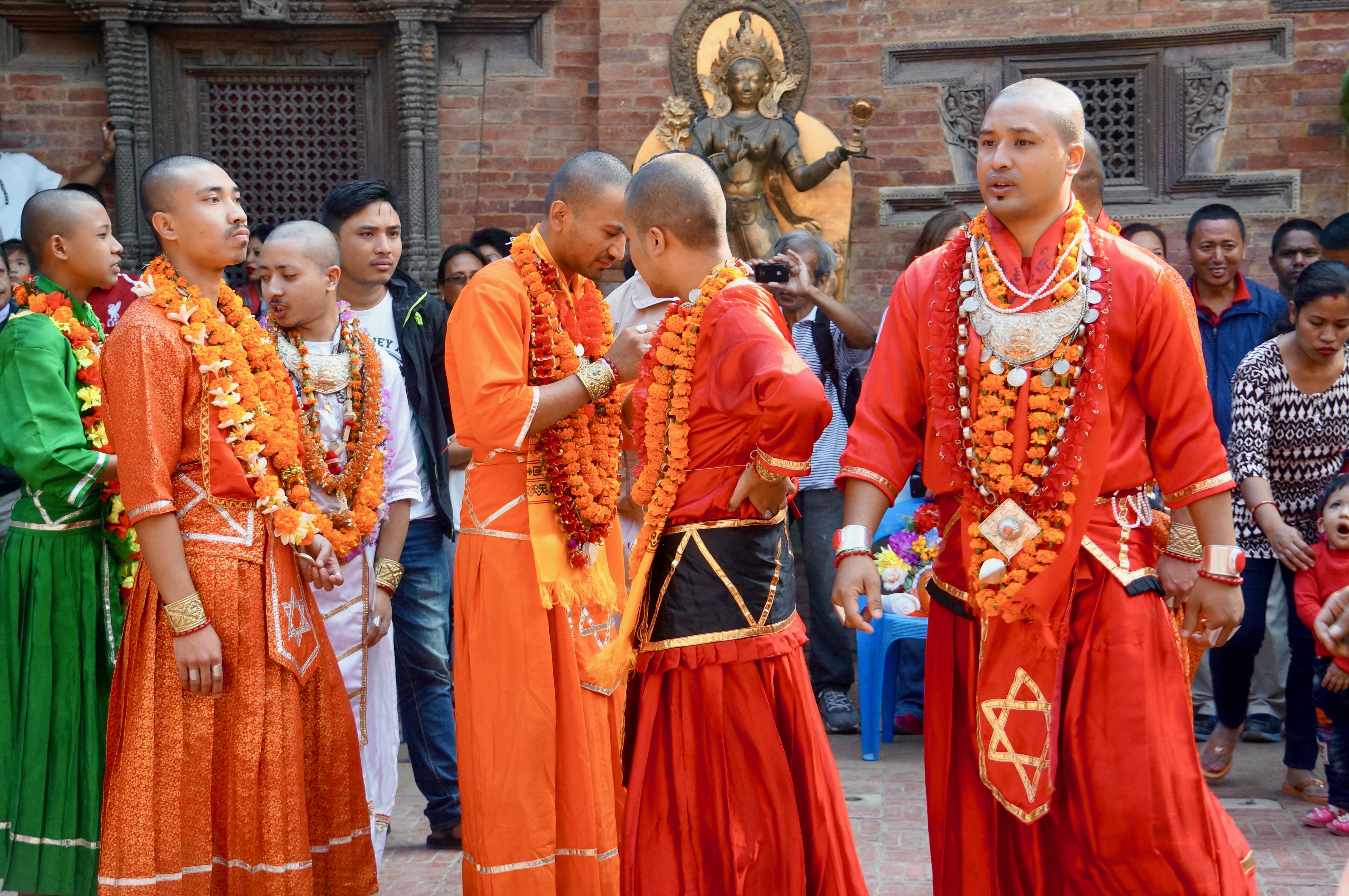
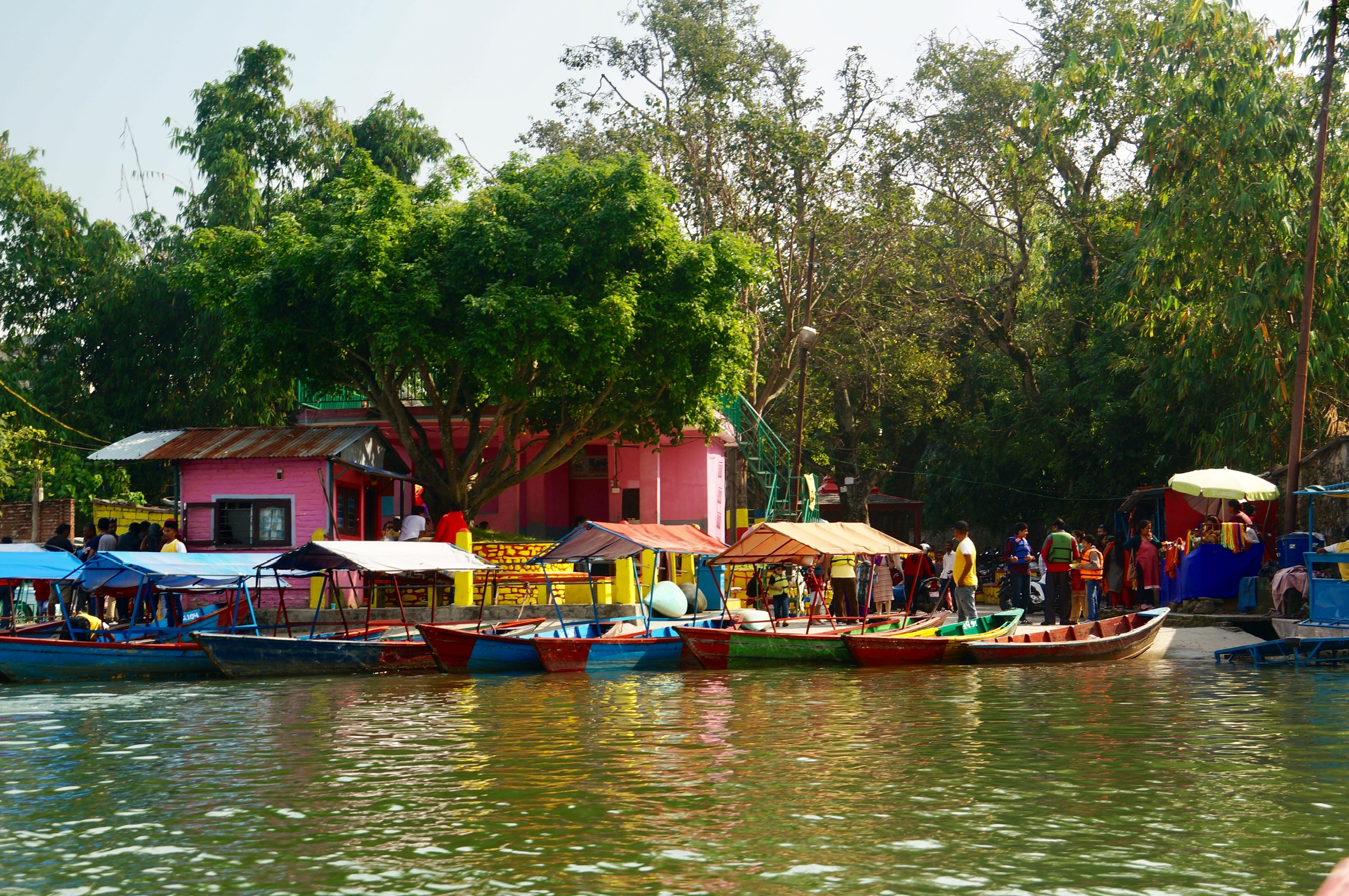
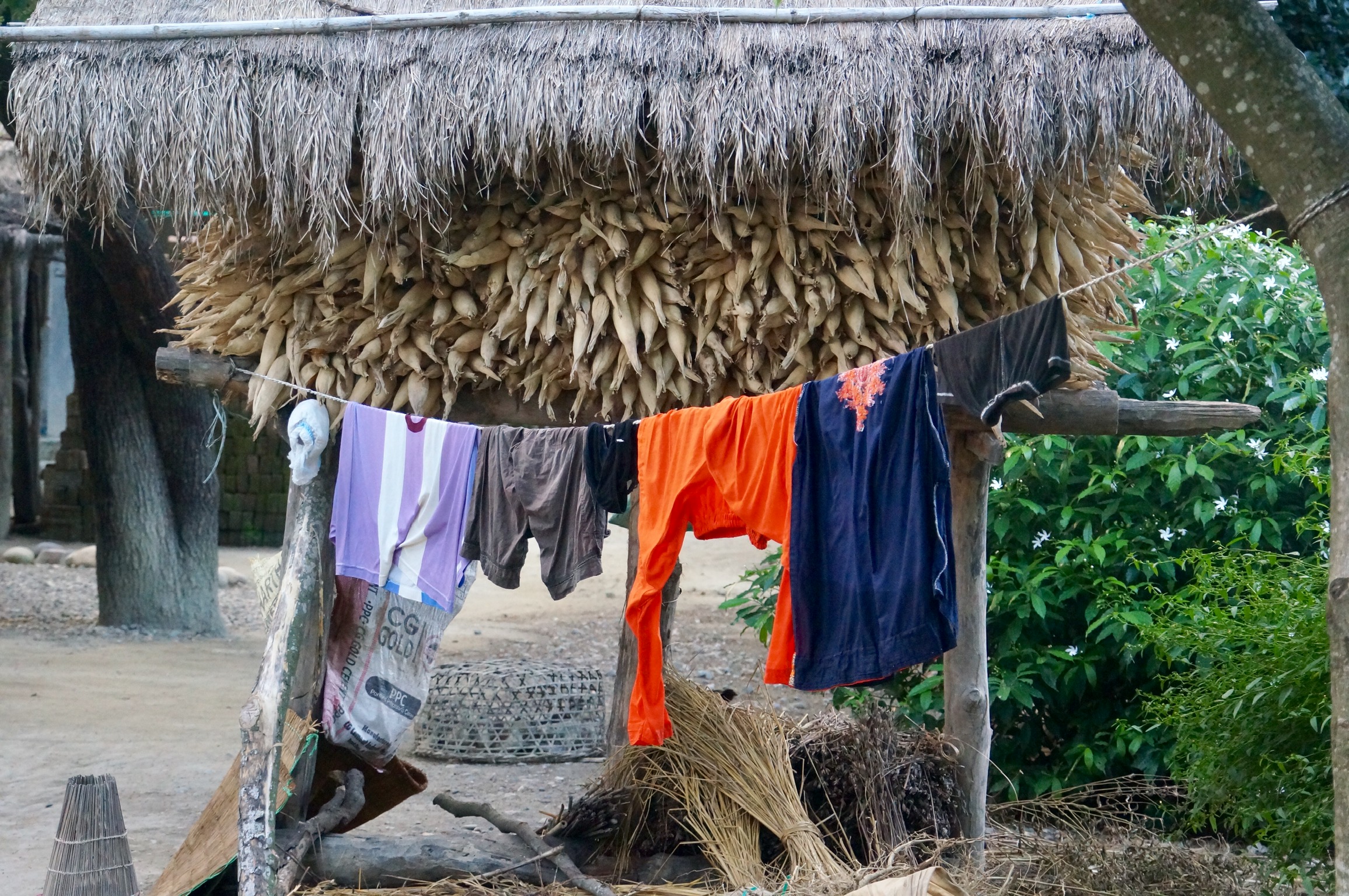
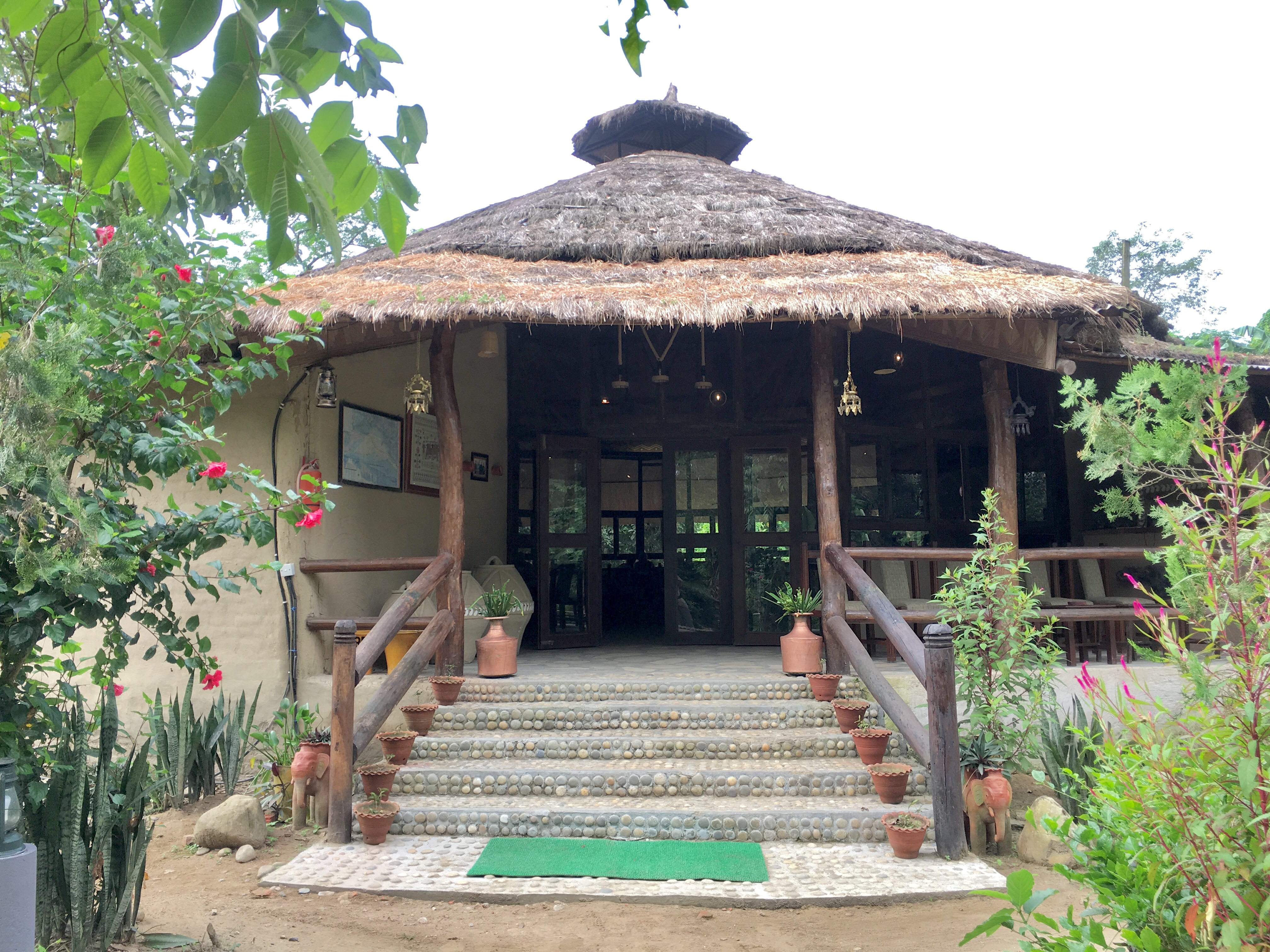
Wonderful pictures of a lesser known world.
stunning photos! we love that you post your adventures here, Monie!
Thanks Julie!!
Some of these pictures are mesmerizing!
Thanks for following along!!
Amazing photos of a wonderful journey !!
Thanks for sharing 💕
Let’s see, I need 65 windows…